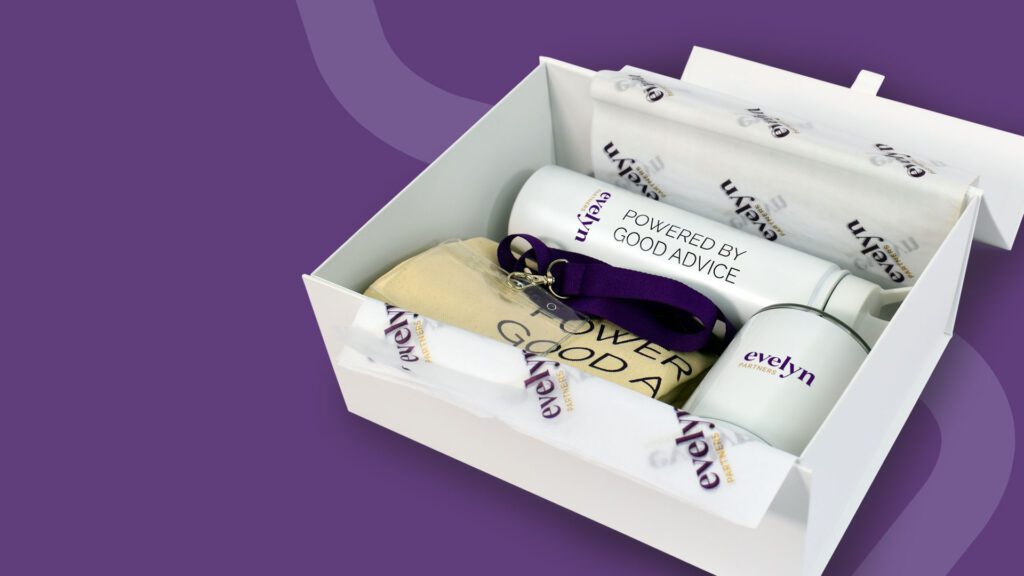9 Steps to Engaging Your People When You Rebrand

When you do a search on rebranding, you’ll pull up lots of thought leadership articles by designers about brand and style and about rebrand successes and failures.
But in our opinion, you’ll find far too little on how to engage people with your brand. That’s a shame when people are your #1 communicators – they do it naturally, lots of it, and they do it free of charge!
In this article I’ll walk through:
- What is a brand?
- People and their emotions about brands
- How to get people talking about your brand
- Be intentional about your rebrand plan
- Communicate well and often
- Tell a story about your brand
- Don’t overpromise
- Include something they’ve always wanted
- Get people talking – the network effect
Rebranding provides a huge opportunity for organisations, but just to think of the rebrand as a new visual identification mark is to miss a huge opportunity.
The theory falls short of how we as humans act and respond.
1. What is a Brand?
Wikipedia tells us a brand ‘Is a name, term, design, symbol, or any other feature that distinguishes one seller’s good or service from those of other sellers.
But is that all?
Investopedia says brand refers to a business and marketing concept that helps people identify a particular company, product, or individual
These answers seem to agree to a large extent so if I had an exam question, one of these answers would likely get a pass.
But there is another very powerful layer of brand connection.
2. People and their emotions about brands
The real magic about brands is that people connect with them, value them, and put their trust in them.
That’s the very reason they will queue to buy them, pay more money for them and choose them above others when they know very little about the precise difference to other similar products or services.
The Draw Ketchup campaign was an experiment to prove how Heinz was recognised. The brand anonymously asked people from 18 countries to draw a bottle of ketchup – and what it got back was thousands of pictures of Heinz.
I liken it to naming people. When parents name a baby, and the baby grows up and develops a personality, the name is more than a name or a ‘label’ – the name stands for the personality of the person.
Think about someone you know well, you think of the person and their personality whenever their name is mentioned. And people connect with the person, not the label (or name).
3. How to get people talking about your brand
To really get into people’s hearts and minds you have to get them talking.
And these days communication is instant and easy with social media, text, instant messaging, and video channels.
But to really get people communicating you have to do something remarkable and it has to be as personal as possible. Because when you connect a company and a person in a way that’s relevant to them, they want to talk about it. It’s natural, it’s what people do.
4. Be intentional about your rebrand plan
Change management takes time and takes consultation with key people so don’t rush this.
Ken Blanchard said ‘Satisfied customers are not enough, you need just one raving fan to succeed’. So, start by getting one raving fan and get the word to spread.
You can’t rely on hoping people will know what’s happening during a rebrand; you have a superb opportunity to communicate and build excitement and surprise by telling your stakeholders something big is coming without yet showing them the whole new visual identity.
And planning carefully how the brand will be launched with a series of before during and after launch engagements will show commitment and belief by the Company.
5. Communicate well and often
Apparently, most leaders fail at this because they are too well educated: the idea of saying the same thing several times over doesn’t seem either attractive or intelligent to them.
But for the team, your messages need to be repeated often and clearly before they’ll get it clearly. The Rule of 7 was a Microsoft study that revealed the optimal number of exposures people needed to audio messages before they stuck.
Involve your Internal Communications team if you have one or speak to your culture champion(s). Whoever you rely on to spread the word positively will be valuable in a rebrand.
The truth is that taking your team and wider stakeholders with you is hugely important if you want buy-in. Talking through the thinking behind the brand, what it conveys, and why the style, colours, and messaging were chosen to make it much more understandable for your people.
And keep it simple and jargon-free. Introducing some fun and activity will literally engage people and get them thinking and talking.
6. Tell a story
Our brains are geared to absorb stories from an early age, so this is definitely a way to get people’s attention. Stories contain layers of information and hold attention far longer than facts or data.
Stories make it easy for hearers, and although sometimes fictitious with names and places changed for anonymity, they create even more connection than factual details.
We are all storytellers at heart as social media platforms show constant updates of people sharing their life stories and celebrating the stories of others.
It’s all about emotions and emotions are powerful in gaining connection from people.
7. Don’t overpromise
Brand designers are among the most confident creative people I have met in my life. But a word of caution – your employees might be cynical if your message is over-confident.
Be open to questions and make time and space to answer your people’s questions. This vulnerability engenders respect and keeps people engaged in the vision of the brand.
Long term you’ll save time and effort if you resolve questions and concerns in advance of your brand launch and you’ll have a far higher chance of people embracing your brand positively.
And you create an opportunity to gain ideas on points that may have been missed because employees who may be very distant from Marketing see brand touch points that you may have missed.
8. Include something they’ve always wanted
When you make brands personal they connect with people and their self-worth. In a recent rebrand of Evelyn Partners one employee posted on Social media, “I have such an unusual name this is the first-ever time I’ve had a gift with my name spelled correctly!
Branded merchandise, for example, creates an opportunity to place a new brand in your employee’s hands on a practical product – say on a bag, notebook, bottle, or millions of other products that employees can literally engage with and talk about.
One way you know you’ve got this right is when people who didn’t get a product come and ask for one. Or, when someone loses a merchandise product and comes and asks for another one.
Choose merchandise products of value and things that people don’t want to lose!
9. Get people talking – the network effect!
A ‘first day in school feeling’ was the comment of one of our rebrand clients recently, this is the real magic of engaging hearts and minds with a rebrand is that people start talking – in person and online.
It creates a ripple effect that becomes a virtual referral network whether for customers, future employees, or influencers.
An HR Expert recently said to me, “There’s one layer of people more important than the employees – their friends and family who are positively influenced by everything they say”.
If you’re looking for some support to make sure your rebrand connects with people and drives higher engagement and exposure that multiplies through every single employee, get in touch with our team of experts at Streamline.
